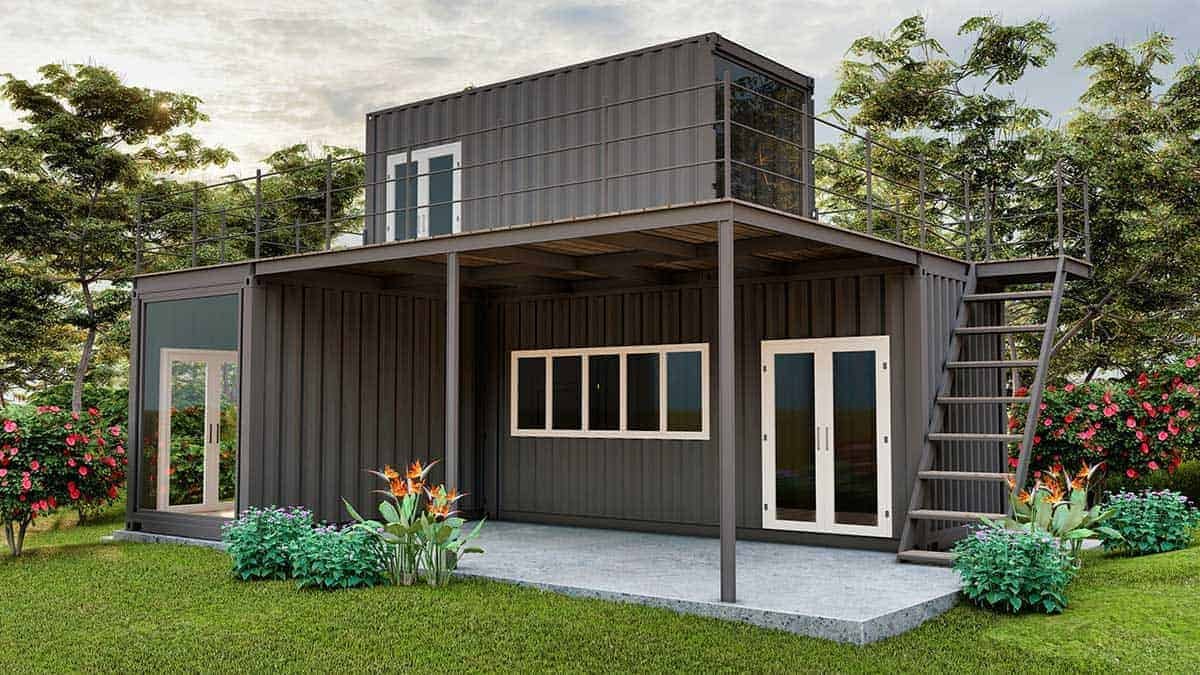Creative Tiny House Design Ideas for Compact Living in Malaysia
As urban living spaces become increasingly limited and expensive in Malaysia, many people are turning to tiny houses as a practical and stylish solution for compact living. These small, efficient homes offer a unique way to maximize space without compromising comfort or aesthetics. Whether you’re downsizing or simply want a minimalist lifestyle, creative tiny house design can transform a limited footprint into a cozy and functional living environment.
For those interested in exploring this lifestyle, numerous resources highlight innovative approaches to tiny house design Malaysia, showcasing how to blend practicality with beauty in compact homes.
Embrace Multi-Functional Furniture
One of the key strategies in tiny house design is the use of multi-functional furniture to save space. Pieces like sofa beds, fold-away tables, and storage ottomans help to minimize clutter and maximize usable area. For example, a dining table that folds down from the wall can double as a workspace, while beds with built-in storage drawers eliminate the need for extra cabinets.
In Malaysia’s tropical climate, using lightweight, versatile furniture made from natural materials like bamboo or rattan can also keep interiors cool and inviting.
Optimize Vertical Space
When floor space is limited, vertical storage and design elements become essential. Installing wall-mounted shelves, hooks, and cabinets can help keep belongings organized and off the floor. Lofted beds are especially popular in tiny homes because they free up the area underneath for desks, seating, or storage.
Creative use of vertical space doesn’t stop at storage. Tall windows and skylights can bring in natural light and make small rooms feel more open and airy, which is vital in compact Malaysian homes where ventilation is key.
Incorporate Indoor-Outdoor Living
Malaysia’s warm weather allows for seamless indoor-outdoor living, which is a great advantage for tiny house dwellers. Designing sliding glass doors or large windows that open to a small patio or garden extends the living space and connects the home with nature.
A tiny house can also include features such as rooftop gardens or balcony planters. These not only enhance the aesthetic appeal but provide practical benefits like growing herbs or vegetables, promoting sustainability even in small spaces.
Use Light Colors and Reflective Surfaces
Color plays a significant role in making tiny houses feel larger. Light colors like white, soft greys, and pastels reflect natural light, creating a brighter and more spacious atmosphere. Mirrors and glossy surfaces also amplify this effect by bouncing light around the room.
In Malaysian tiny homes, incorporating traditional batik prints or wooden textures in soft hues adds a cultural touch while maintaining an open feel.
Plan Efficient Kitchen and Bathroom Layouts
In a tiny house, the kitchen and bathroom must be compact yet fully functional. Modular kitchen units with integrated appliances can save space without sacrificing usability. For example, a single countertop may combine a sink, stove, and cutting board, optimizing every inch.
Bathrooms in tiny homes often feature wet-room designs where the shower is not separated by a full enclosure, saving room and reducing the number of fixtures. Installing wall-mounted toilets and compact vanities further enhances the sense of space.
Maximize Storage Solutions
Clever storage is fundamental to tiny house living. Besides multi-functional furniture and vertical options, consider hidden storage under stairs or beneath floorboards. Built-in cabinets can be designed to blend seamlessly with walls or furniture to maintain a clean, uncluttered look.
In Malaysia, humidity can affect stored items, so choosing materials and finishes that resist moisture and pests is essential for durability.
Add Personal and Cultural Touches
A tiny house doesn’t have to sacrifice personality. Thoughtful decoration with artwork, textiles, and plants can make the space feel like home. Incorporating Malaysian design elements such as woven mats, wooden carvings, or local fabrics adds warmth and character to a minimalist setting.
Personal touches also help tiny home residents feel connected to their environment, which is especially important in smaller spaces.
Sustainability and Energy Efficiency
Many tiny houses in Malaysia focus on sustainable living. Solar panels, rainwater harvesting systems, and energy-efficient appliances reduce the environmental footprint and lower utility costs.
Natural ventilation, shading devices, and insulation tailored to the tropical climate help maintain comfortable indoor temperatures year-round.
Conclusion
Creative tiny house design in Malaysia offers a refreshing approach to compact living by combining functionality, aesthetics, and sustainability. With the right strategies—like multi-functional furniture, efficient storage, and embracing indoor-outdoor flow—tiny homes can provide comfortable and beautiful spaces even within limited square footage. Exploring ideas from experts and resources on tiny house design Malaysia can inspire your journey towards a simpler, more intentional lifestyle without sacrificing style or convenience.







